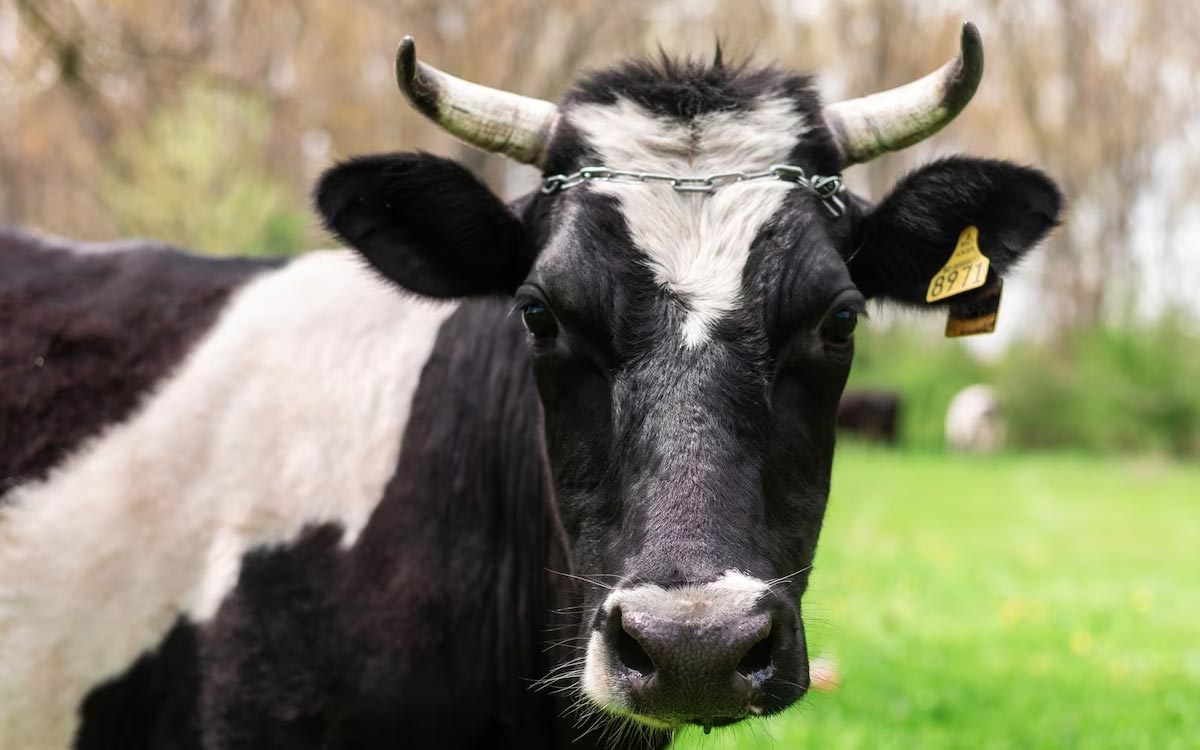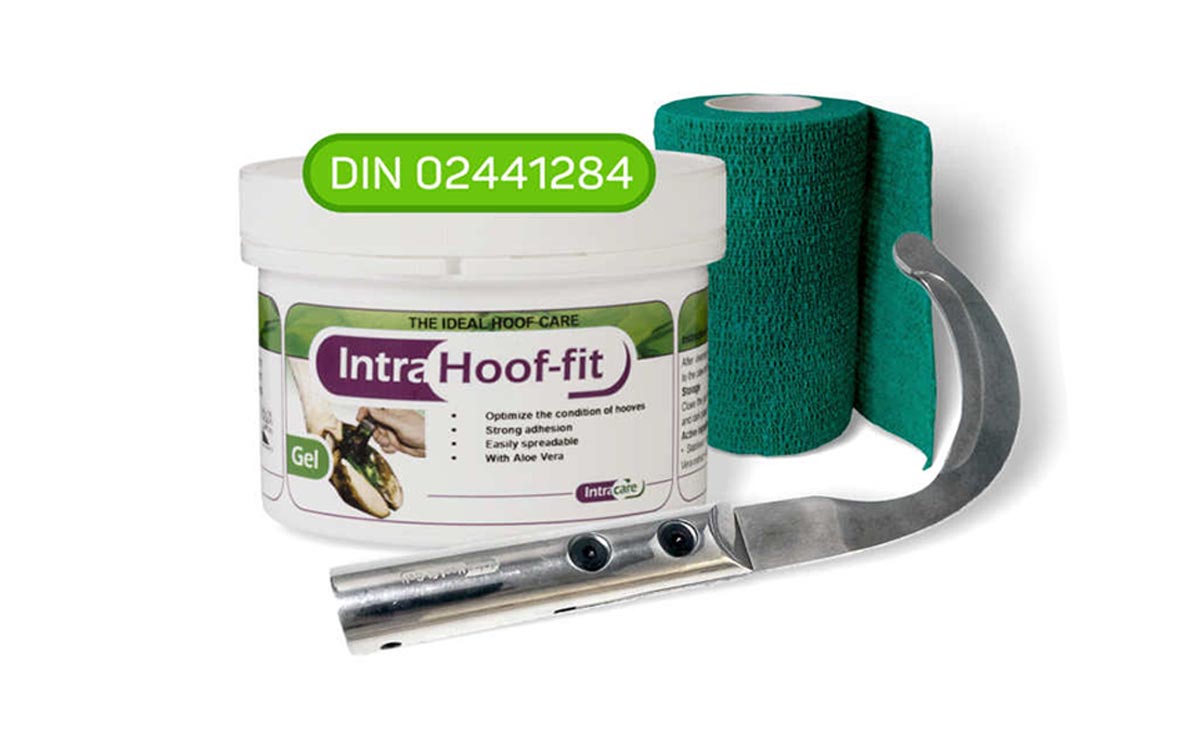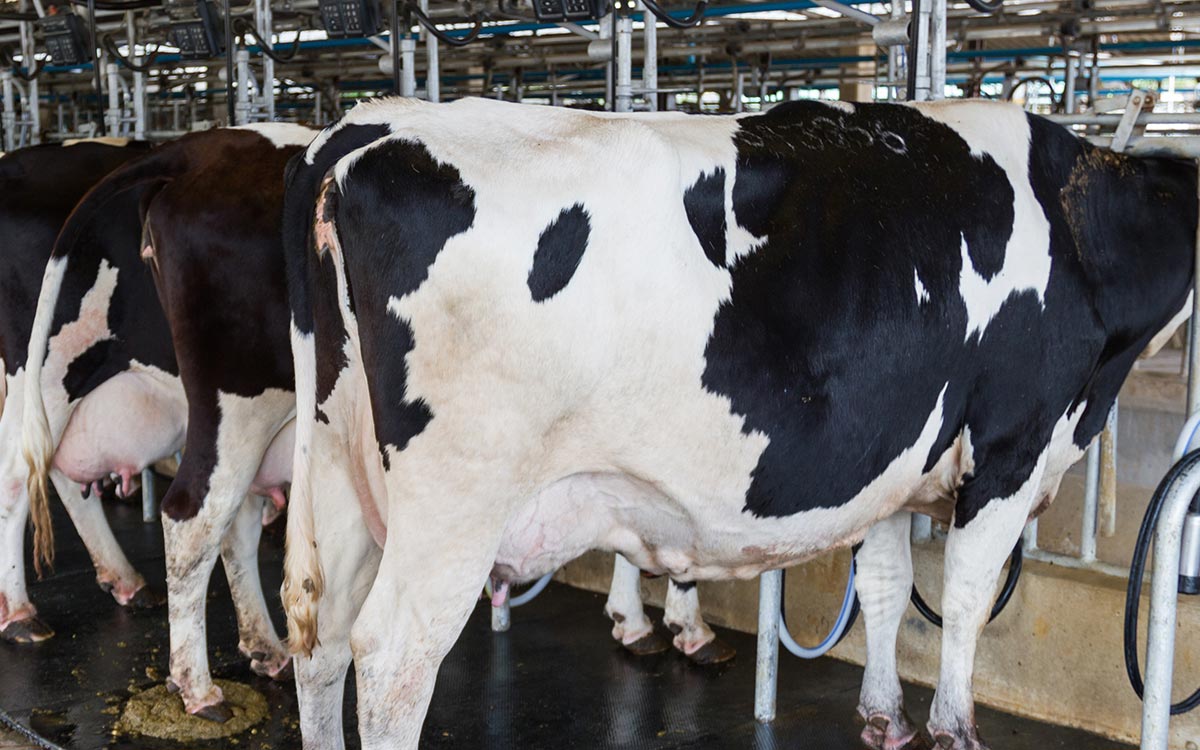Table of Contents
Most cow breeds develop horns, and every farmer knows that those horns can pose a hazard for several reasons. Understanding when they begin developing and when to remove them is essential. So, just how long does it take for a cow to grow horns?
It takes about three years for a cow’s horns to grow completely. However, a small horn bud will generally have developed within a year. These buds are easier to remove when a cow is young as they are not yet connected to the sinus cavity. Dehorning later in life becomes more complex and more painful.
In this article, I will address some commonly asked questions about cows’ horns and removing them. I’ll also go over dehorning and when it needs to be done. So, if you want to learn more about managing cow horn growth, read on.
Table of Contents
Do Cow Horns Keep Growing?
Before I answer this question, you must first understand what horns are. When you examine the anatomy of a horn, you will see bits of bone that grow from a bovine’s head. A protective sheath of keratin covers these bones. When a calf is born, horns start as a small growth beneath the skin, which eventually attaches to the skull. The corium, which is where the horn production originates, is the area of cells located at the junction of the horn and skin.
The horns grow continually throughout a cow’s life, much like its hooves and our fingernails do. However, most of a cow’s horn growth happens within the first few years of its life. That being said, if left alone, the horns will keep growing throughout its life.
One reason horns occasionally grow into cows’ skin is that some grow in unusual directions due to an injury or a birth defect resulting in a poor horn trajectory. Painful growth is another reason many livestock farmers remove their cattle’s horns when the animals are still young. In another article, I answered the question “Do cow horns continuously grow? What you need to know.”

At What Age Do Cows Grow Horns?
There’s a wide variety of cow breeds, and most of them grow horns. Generally, calves are born with tiny horn buds, which you can see or feel just below the skin on their heads. These buds will start to attach themselves to the skull when the animal reaches about two months of age.
Once the horns have connected with the skull and the sinus cavity, it’s far more challenging to dehorn the cow. The process becomes much more complex and painful for the animal, which is why many farmers remove the buds when the calf is young (as a general rule, no later than six months of age).
However, it’s important to note that some cow breeds, like Aberdeen Angus and Hereford, don’t ever grow horns. Therefore, these hornless cattle breeds can be a great alternative if you don’t wish to bother with dehorning your feeder herd. Needless to say, this option is not available to our dairy farmers.
Do Removed Cow Horns Grow Back?
Dehorning is an unfortunate part of farm life, especially if you’re in the business of raising dairy cows. The American Veterinary Medical Association recommends that cattle be dehorned as cows with horns pose a higher risk to you and the animals around them. Additionally, cows without horns require less space to eat and their transportation is far easier.
So, do you only have to remove your cattle’s horns once when they are small? Do removed horns eventually grow back?
If you remove the actual horns but not the corium, the horns will resume growing. Plus, if you miss any part of the corium during removal, there is always the chance of regrowth.
Do Cow Horns Have Nerves in Them?
There is a nerve that runs behind the cow’s eyes into the base of its horns. It supplies feeling to the horn area and is the reason why removing a fully mature cow’s horns is so painful without anesthesia and carries risks of infections.
Aside from the horn removal procedure being painful, mature cows will also experience possible pain and swelling after it. Taking into account the various factors, I advocate as essential the removal of horns early in life.
Along with nerves, horns have a blood supply and will therefore bleed after removal. Generally, the bleeding will easily stop if left alone so long as the proper tools and procedures have been used. However, farmers need to take steps to staunch the bleeding if it continues.
Repiderma is a care product that has been used by many livestock farmers. This product promotes healthy skin and dermis.
Dehorning and When It’s Best to Do It
Dehorning is the process of removing a cow’s horns for the safety of others and the cow itself. There are several different methods and benefits, each removal method varying based on the cow’s age and the growth stage of its horns.
The benefits of dehorning cows include:
- It prevents injury to other cattle.
- You are less likely to be injured yourself.
- Livestock with horns takes up more space.
- Cows with horns may require specialized equipment.
- Horns that break can get infected.
- Cows with horns can more easily become stuck in places.
As you can see, removing a cow’s horns is a good idea for several reasons, especially when the animal is in close quarters with other livestock.

Common Types of Dehorning or Disbudding
The most common types of dehorning or disbudding are:
- Chemical dehorning. Typically, this form of dehorning is used on calves when they are 1-3 weeks old. The chemicals are applied to their horn buds and destroy the corium cells surrounding the buds, halting any potential horn growth.
- Hot iron dehorning. A hot iron is applied to the calf’s horn bud for several seconds until the corium cells that produce the horn are wholly destroyed. This method is quite painful and local anesthesia has to be considered. Proper use of the hot iron tool is a must; otherwise, it can be ineffective or even damaging. To remove the corium and prevent horn regrowth, a complete ring of hair surrounding the horn bud should also be removed.
- Saw, wire, and keystone dehorning. These methods are all options for horns that are more developed. Using wires or saws can be painful for cows and often requires anesthesia to make the process easier.
Conclusion
As a farmer, it’s your job to select the method that will cause the least pain to your cattle and keep them healthiest. Ideally, cows should be dehorned at a young age to eliminate the need for resorting to more painful removal methods. A healthy cow should be your top priority.
Almost all breeds of cows develop horns, thus posing a constant problem for most farmers. Typically, cows are born with horn buds, which are easier to remove than full horns that have attached themselves to the skull around 1-2 months of age. The younger the animal when the buds are removed, the easier to do it with minimal pain.
Dehorning and disbudding are regulated procedures in some countries. Consult with a veterinarian to learn more about your local welfare regulations. In the USA, the procedures are not currently regulated, but in Canada, the Canadian Veterinary Medical Association recommends that they take place in the first week of a calf’s life.






